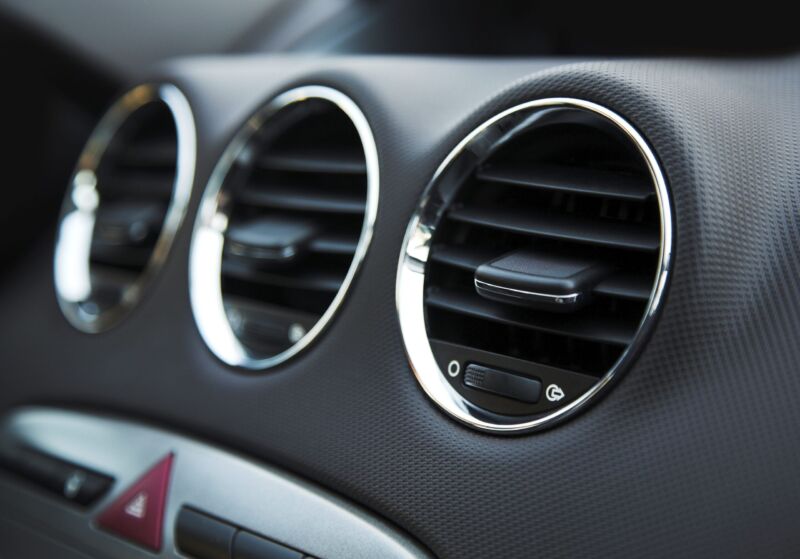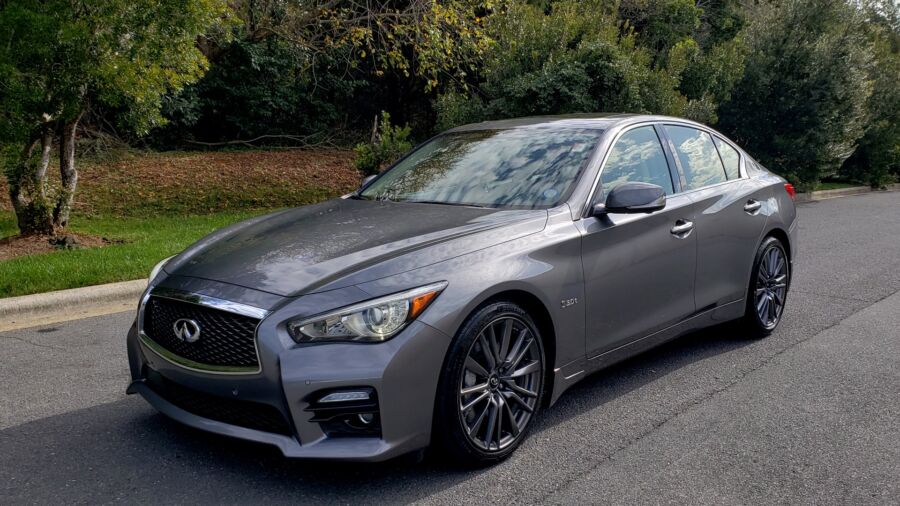How to Prepare Your Car for the Winter Weather

We may only be one month into the autumn, but when you live in Canada, winter approaches rapidly. Metro Vancouver and the Fraser Valley have been famous the past few years for random and aggressive winter storms that happen out of nowhere. That is why we have prepared an essential list of things you can do to prepare your car for winter to keep you, your family, and other drivers on the road as safe as possible.
Why is Vehicle Safety Important in Winter Months?
Aside from the fact that the winter months can wreak havoc on your car when you’re on the road driving, the colder seasons can also be tough on your car if you park it outside. Simple things like parking away from trees with falling leaves can do wonders to protect your paint job.
Also, it helps to keep debris off of your wiper blades and away from your weather stripping. This will help to prevent possible leaks in your vehicle, as well as excess condensation.
We all make sure to get our oil changes done regularly (well, most of us), and we top up our washer fluid whenever the “washer fluid is low” light comes on, but how often do we check things like our antifreeze? Or our coolant? Usually when our mechanic does it for us, right?
Well, part of having vehicles ready for our Canadian winters is checking those fluids, as well as a whole host of other things. So, let’s begin with our simple list of step to prevent winter leaks, breakdowns, and many other issues.
1. Check Your Heating
You’ll definitely want to make this number one on your list of priorities. Trust me when I say that there is nothing worse than being broken down on the side of the road, without heat. At the age of 19, I myself was trapped in a snow bank after hitting black ice through some very winding roads in Manning Park, BC.
While I couldn’t get out without the aid of a passerby who had a winch, I was able to still start my car, and stay warm.
If it’s taking longer than usual to defrost, or your car doesn’t get as toasty as it once did on your favourite setting, you should take it in to get it looked at. Not everyone who has a mishap will still have the ability to start their vehicle.
However, at the very least, having a solid heating system will help keep your windows defrosted and clear, which increases your visibility. It also helps to keep snow clear off the roof of your vehicle, which will prevent flying snow while driving that could impact other road user’s visibility as well.
2. Check Your Battery
You can’t have heat if you don’t have power, so make sure to get your mechanic to check your battery life. If you’d rather check it yourself, there are some things you’ll need to know. For starters, make sure the cables are good to go.
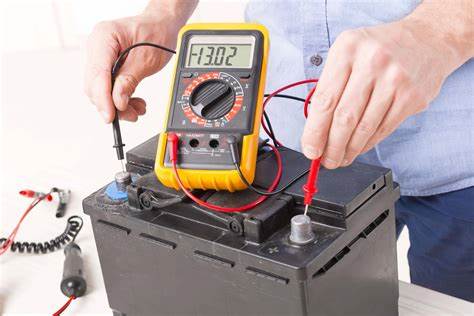
No cracks, no breaks, and make sure they have a solid connection. There’s nothing like thinking your battery is toast after your car won’t start, only to find out it was a loose cable.
Secondly, if you can’t remember when exactly you purchased it, check the manufacture date. Most batteries only last between 5 and 7 years. If it’s getting dated, it’s time to replace it.
Lastly, a sure-fire way to ensure you aren’t stranded on the side of the road during a snow storm is to get yourself a hydrometer to measure the charge on your battery. They only cost around $10.00 at Canadian Tire, and they are handy to have. Just make sure your vehicle is turned off when you are doing it.
3. Tires, Tires, Tires!
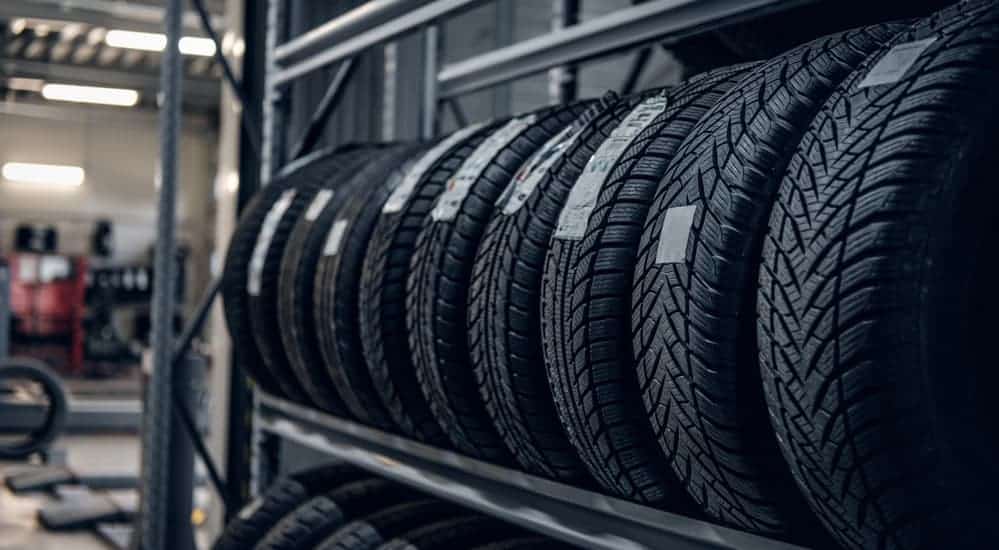
If you’ve ever driven the Coquihalla in mid-November, you’ve without a doubt learned the importance of a good quality snow tire. Traversing our ever-changing snow conditions in BC is tough on the best of days, but doing it with less-than-ideal winter tires, or none at all, is an accident waiting to happen. If you’ve already got a set of snow tires from last season, you’ll want to not only check the tread, but check to see if you notice any loss in air pressure in any of the tires.
Even the smallest slow leak to cause huge problems when you’re navigating icy roads. Plus, the West Coast is notorious for being exceptionally warm during the day, even in the winter months, and very cold at night. And when the temperatures rise and drop as frequently as they do in Vancouver and the Fraser Valley, your tires pressure will decrease slowly over the winter months.
4. Check ALL of Your Fluids
You get your oil changes every 3 months, right? Of course! Because we know without them our car doesn’t run properly, The same goes with our fluids. Generally, our mechanics will check our fluids when doing an oil change, so we aren’t usually that low on anything when we give our vehicles regular maintenance. However, there is always the potential to experience leaks, and they come on without warning.
Also, they usually aren’t found until we run out, or close enough to it that our indicator light comes on. If you’re on your way home for Christmas somewhere on Highway 3, the last thing you want to see anywhere on your console is an indicator light.
-
Antifreeze
That one almost goes without saying, doesn’t it? It’s freezing outside, so first and foremost, let’s make sure our vehicle doesn’t become a popsicle. Make sure you’re getting just the right mix of antifreeze to water for your vehicle. Without it you risk being stuck on the side of the road in cold weather, with a vehicle that just won’t run.
-
Windshield Washer Fluid
Why is it that we always run out of washer fluid right after getting sprayed by a snow plough with muddy salty slush? Maybe that only happens to me… Regardless, it’s never fun, and it always leads to a white knuckle ride to the nearest gas station. Then, you get to pay an arm and a leg for gas station priced washer fluid.
Make sure you top your washer fluid up, and keep a spare in the trunk for emergencies. We go through a lot more washer fluid than we realize in the winter months to help keep our windshields clear. Thus, keeping ourselves and everyone else around us safer.
-
Engine Oil
For those of us who aren’t making sure our vehicle gets in for an oil change every 3 months, or 5000 kms, now is the time. A lot of us travel over the holidays, and you want to make sure your car is in the best shape it can be before hitting the road.
Depending on where you are driving, and what conditions you’re driving in, you may want to consider using a thinner oil than your typically do, just to prevent possible freezing.
5. Wiper Blades
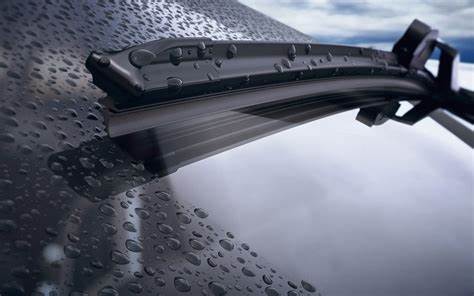 This goes hand in hand with washer fluid, but it’s often overlooked. You can have all the washer fluid in the world, but if your wipers aren’t in good shape, you’ll still be severely restricting your visibility, and that can lead to slower reaction times, which leads to accidents.
This goes hand in hand with washer fluid, but it’s often overlooked. You can have all the washer fluid in the world, but if your wipers aren’t in good shape, you’ll still be severely restricting your visibility, and that can lead to slower reaction times, which leads to accidents.
Make sure your wipers are solidly secure. Losing a blade in the rain or snow is always a headache. Also check to make sure they are in decent shape. If the rubber is starting to wear down, falling off, or has any nicks on it, it’s time to swap them out for a new pair.
Sometimes, we think because our wipers aren’t wiping all that well and that they need replacing, but sometimes this is not the case. Take a rag and try cleaning out the ridges on your blades before you inspect them to see if you should replace them. On occasion, it can be as simple as the blades needing to be cleaned, not replaced.
6. Pack Yourself an Emergency Roadside Kit
Often times we have the standard winter gear in our vehicle. Ice scraper or brush, jumper cables, and maybe some kitty litter or sand in case we get stuck. But it’s a good idea to prepare for the possibility of being stranded until help arrives, and not just getting your car started or de-iced. Things like a blanket, or extra clothing can go a long way when you are trapped in your car in –10-degree Celsius temperatures. So here are a few ideas that you’ll want to keep in your car, especially if you are planning to travel during the colder months.
- A flashlight with extra batteries
- Food (non-perishable) and water
- A first aid kit
- Extra antifreeze and washer fluid
- A warm blanket and extra warm clothing like gloves, a toque, and extra socks
- Kitty litter, sand, or quick acting sidewalk salt
- An ice scraper
- Jumper cables
- A back up phone charger that plugs into your car, or better yet, a power bank with a full charge
Customize your emergency kit to your own needs, or the needs of your family. Just make sure that you have these key staple items in it in case you might actually need them. With these 6 trusty steps, you can have some peace of mind for you and your family while on the road this winter. Print this and put it on your fridge to remind you of what to do before you head out on any long trips this winter season.
What Are the Best Vehicles for Winter Driving in Canada?
If you’ve ever experienced a true Canadian winter, you know that the roads can be less than ideal for driving. Not every city has municipal ploughs, so finding clear roads can be dicey. However, if you’ve got the right winter tires, and moreover, the right vehicle, commuting in the ice and snow can be a breeze.
Which leads us to our next question; what are the best vehicles for driving in winter weather in Canada?
- Subaru Impreza
- Volkswagen Passat & Gulf
- Volvo V60
- Toyota Rav 4
- Cadillac CT6
- Jeep Wrangler, Cherokee, and Compass
- Ford Explorer
- GMC Envoy & Terrain
- Audi Allroad
- Kia Optima & Stinger
Regardless of what kind of winter weather you experience in Canada, these vehicles are statistically the most likely to offer you superior handling and road grip, even with only all-season tires on your car. So, weather you’re traversing a Toronto snowstorm, or a Vancouver ice shower, you’ll be ready to take on Mother Nature’s winter wrath.
Selling Your Car in Metro Vancouver, the Fraser Valley, or Vancouver Island?
As winter approaches, you’re probably considering selling your car to get into something that is better suited to your winter driving needs. Perhaps you live in Metro Vancouver, and you want to trade in your Hyundai Elantra for something like a Santa Fe. Or you may live in the Fraser Valley and be driving a smart car, but need something more aggressive to navigate the icy mountains, like an SUV or 4×4.
Instead of selling your car to the dealerships through a trade in, sell your car to Cash For Cars BC. We always offer the MOST cash for cars, trucks, SUVs, vans, and motorcycles in the Lower Mainland. You’ll won’t get a better offer on your vehicle than when you sell your car to Cash For Cars BC.
That’s because we’ve been professional car buyers since 1998, and we know the true value in every vehicle we buy. That’s how we can offer our customers so much more than the other local car buyers in Metro Vancouver, the Fraser Valley, and Vancouver Island.
Cash for Cars in the Lower Mainland
It’s October right now, and if you know anything about Vancouver weather, you know that at any moment, we can see a snowflake… This is why there are winter tire regulations in BC advising drivers to put snow tires on their vehicles from October 1 – April 1 inclusive.
This is more specific to areas that have mountains, hills, or for outlying cities that have passes before or after you enter them. However, nonetheless, making sure you’re driving on solid tires, in a solid vehicle, is priceless.
That’s why if you’re considering selling your car to get a new one that is winter appropriate for where you live, you should sell it to Cash For Cars BC. We offer the MOST cash for cars, and make the entire process of selling a car quick and easy. We handle all the paperwork, we come to you, and NOBODY Pays More!
How Can I Sell My Car Today in Metro Vancouver?
Simple; sell your car to Cash For Cars BC. From start to finish, we can buy your vehicle in as little as 20 minutes. First, give our car buying team a call or send us a text or email. You can also contact us through our Request A Quote form here on our website.
Then, provide us with the make, model, year, and condition of your car. Also, provide us with the number of kilometres it has on it, and any aftermarket modifications that have been made to the vehicle.
Our expert car buyers will then arrange a day and time to come see your vehicle in person. This can be done 7 days a week, from 7:00am to 11:00pm. We even work most statutory holidays too!
Once we see your car in person, our car buyer will make you an instant cash offer right on the spot. If you accept, we’ll take care of the paperwork, hand you your cash payment, then leave with your vehicle. It’s that simple!
Contact Our Used Car Buyers
If you’re still unsure about the best way to sell your car in the Lower Mainland, give us a call. We can help you decide if now is the best time to sell, and whether or not you can get the price you want for your vehicle.
Unlike most other car buyers, we will give you an honest assessment, backed by integrity and over 20 years of experience. Then, you can make the decision for yourself to sell your car, or wait until a better time.
Call, text, or email us today. We are dedicated, passionate, and always available to help our customers in any way possible. Find out for yourself why we are the #1 used car buying company in all of BC since 1998.

